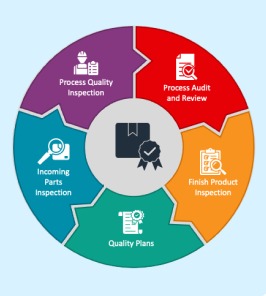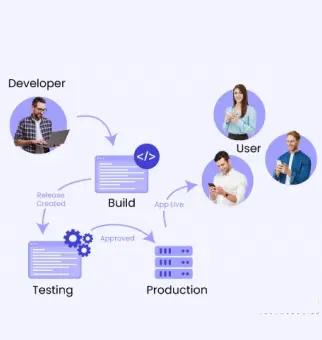







End to End Quality Assurance Solutions
Our QA solutions help you detect issues early and maintain consistent product quality across platforms and devices.
Manual Functional Testing
Brevity Software Solutions digs deep into how your application behaves in real use. Our testers walk through every feature step by step, exploring not just the main flows but also edge cases and odd user paths. With AI suggesting uncommon or risky scenarios, we uncover issues that usually slip past automated checks like UI glitches, confusing interactions, missing validations, and broken user journeys. This approach helps you catch functional problems early and improve the overall user experience before the app goes live.
Automation Testing Setup
We design and build full automation frameworks tailored to your application’s structure and technology. Our team selects the right tools, sets up reusable components, creates clean test scripts, and integrates everything into your CI/CD pipeline. Using AI-assisted test generation, we also find gaps in existing test coverage and fill them with high-quality automated scripts. The end result is a stable and scalable automation suite that reduces manual effort, shortens release cycles, and ensures consistent test results across every build.
Performance and Load Testing
Before your app faces real users, we test how it behaves under pressure. Brevity Software Solutions uses AI-guided load modeling to simulate small spikes, peak usage, and long-running stress scenarios. We monitor response times, resource usage, server behavior, and system bottlenecks in real time. Our analysis shows where the system slows down, how much traffic it can safely handle, and what needs fine-tuning. This gives you a clear picture of your app’s performance limits and helps you plan infrastructure needs with confidence.
Security Testing
Our security testing goes beyond simple scanning. We combine manual checks with AI-powered vulnerability detection to find weak points across your backend, frontend, APIs, authentication flows, and data storage. We look for issues like insecure logic, injection risks, access control flaws, outdated libraries, misconfigurations, and more. Every finding comes with an explanation, severity level, and suggested fix. This helps your team strengthen the system’s security posture and protect users from potential attacks.
Compatibility and Device Testing
Different devices and browsers behave differently, so we test your app on a wide mix of real and virtual environments. Using AI-driven device testing tools, we run your application across various screen sizes, OS versions, hardware profiles, and browser types. We check layout rendering, navigation flow, performance variations, touch interactions, and responsiveness. This ensures your users get the same smooth experience whether they’re on an older phone, a new tablet, or a desktop browser.
Regression Testing and Quality Review
Every new update can accidentally break something that already worked. To avoid that, we build a strong regression testing process supported by AI prediction models that highlight risky areas after each change. We update and expand test cases regularly to match new features, and we run entire regression suites before each release. Along with a detailed quality review, this helps maintain app stability, reduce unexpected bugs, and keep the release cycle predictable.
Let's pool our skills to make something truly outstanding
Please feel free to book your free consultation now

Key Benefits of Quality Assurance in fast changing tech environments
Reliable Product Performance
QA ensures every feature works as expected, helping businesses deliver stable and dependable software.
Early Detection of Issues
Testing during development helps find errors before launch, reducing the cost and effort of fixing large problems later.
Better Customer Satisfaction
A bug free product creates trust and delivers a smooth experience that keeps users happy.
Strong Security Protection
QA checks help identify vulnerabilities that might expose systems, allowing teams to secure applications before release.
Smooth Integrations
QA ensures that different systems, APIs, and features work well together, resulting in a unified and stable product.
Cost Effective Development
Finding and fixing issues early avoids expensive rework and speeds up the overall development process.
Development Process to Design Web Solution
Systematic approach used to create software solutions, encompassing various stages from planning to deployment.


































